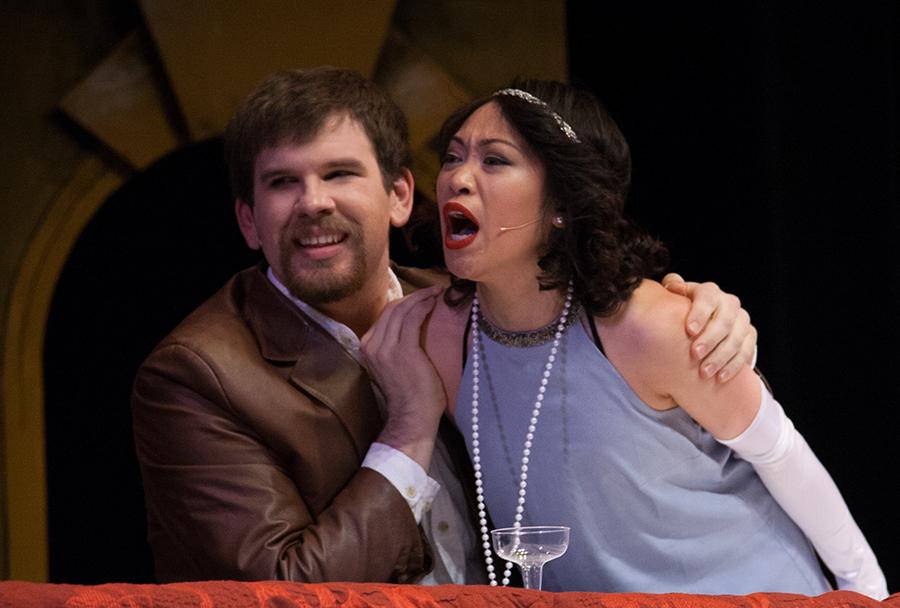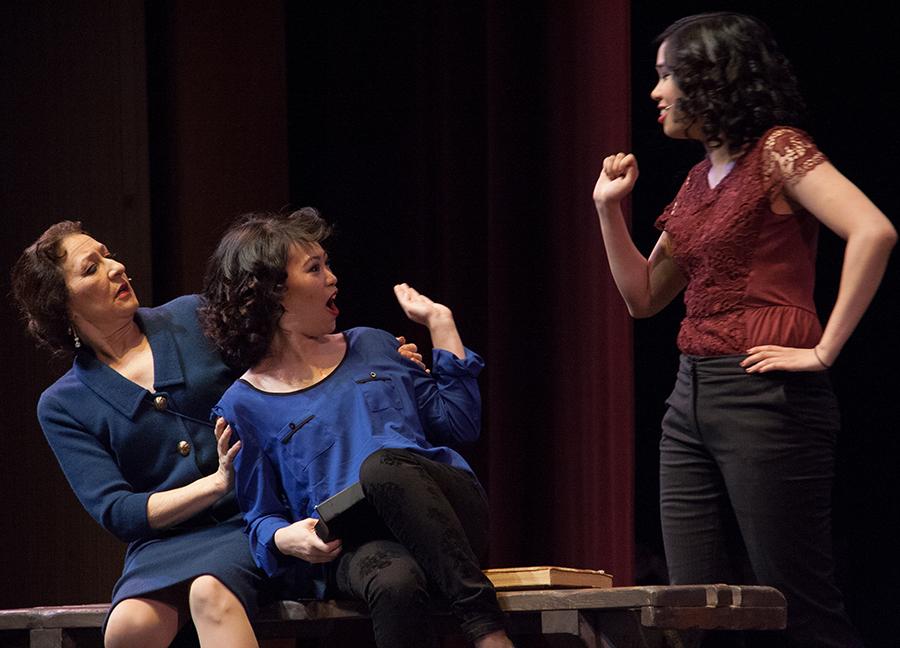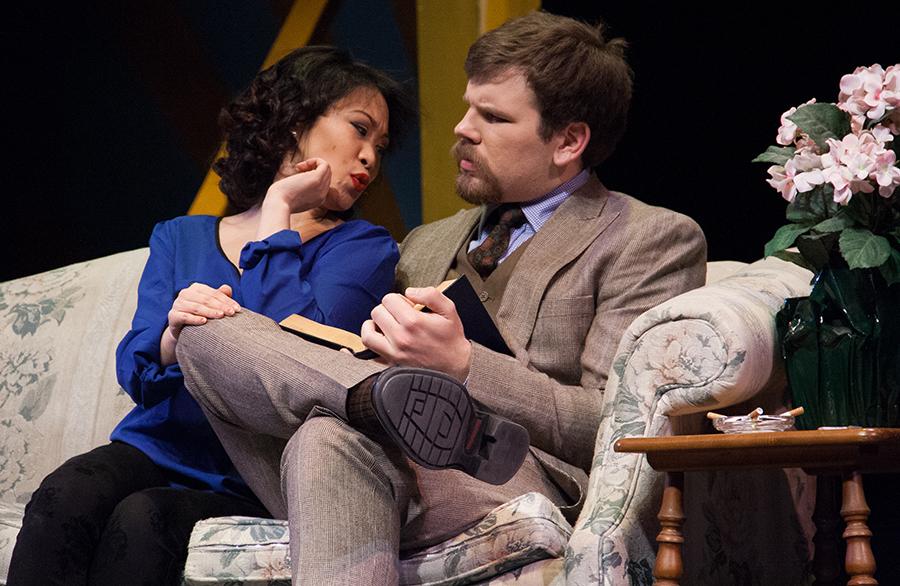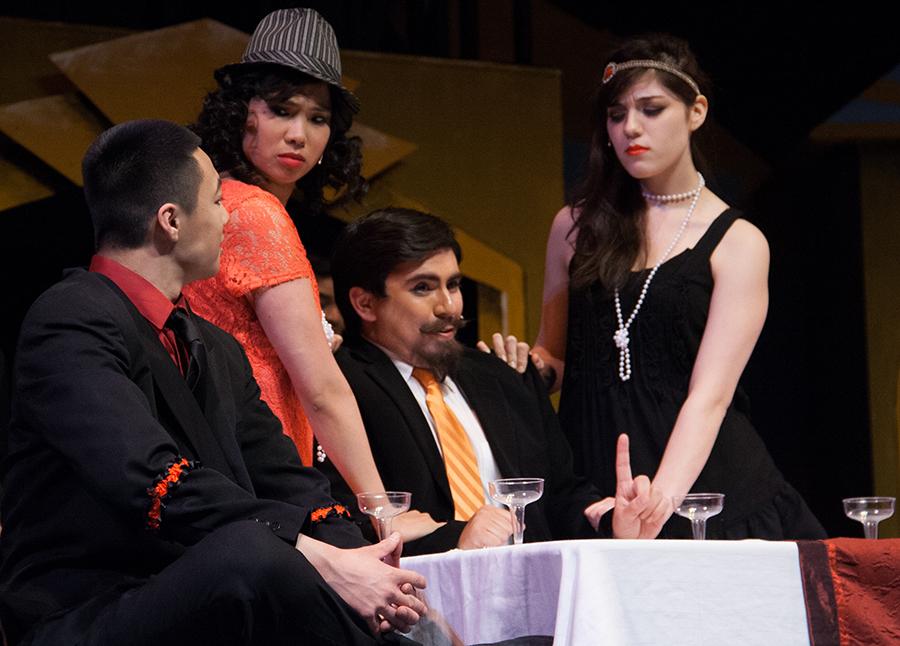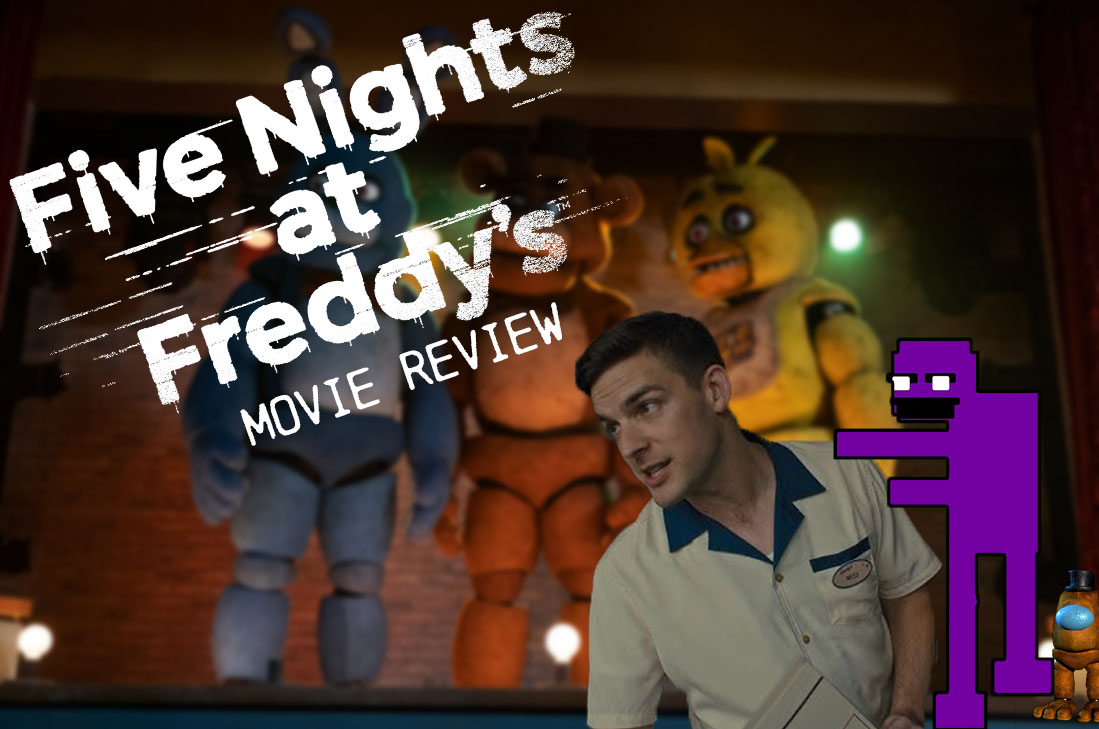Skyline College’s Theater Club put on a 1920’s themed production of “The Taming of the Shrew” in the Skyline Theater this past weekend.
For those unfamiliar with this work, “The Taming of the Shrew” is a stage play by none other than William Shakespeare. Originally set in the streets of Italy, the main plot revolves around the attempt to marry-off the youngest daughter of a high noble, but this can only be done by marrying-off her older sister, a force to be reckoned with, first.
This show marked the directorial debut of Skyline’s own Monica Fontaine. Although this is her first time directing, she has been a part of the Theater Club since 2010, performing in shows like “Cabaret.” She is co-directing with Sarah Boone, another Skyline student veteran to the theater department.
“It’s different than I thought it would be, from the other side,” said Fontaine when asked about her new experience. “This show had a relatively short rehearsal time, six weeks until show time. However, the pair of directors were confident they could manage the normally chaotic schedule that comes with a production.”
When asked why the Theater Club was performing “The Taming of the Shrew,” Fontaine said that the members of the club seemed better suited for the show. On the plate for consideration were both dramas and comedies, but they ultimately decided upon Shakespeare’s classic.
Shakespeare has always been a love-it or hate-it relationship with actors and audiences alike. Some people revel in the beauty and complexity of the language, while others find it boring and overly convoluted. However, this didn’t shake the cast’s enthusiasm for jumping into their roles. The crowds gave the production a sense of intimacy. There was never a scramble for seating, but that was a good thing.
The curtain pulled up to reveal the stage and set, vividly painted in oranges and yellows. The set was perfectly symmetrical, with two short towers adjacent to two staircases leading up to a center balcony over large center archway. At first impression, the set seemed a bit outlandish and shone out in very loud colors, but they seemed to settle and fade back as the night continued.
The first person we see is a cowboy, a relatively strange sight considering both the Shakespearean context and the promise of the prohibition era setting. This cowboy is Lucentio, played by Ben Rampley, who accompanies his cowboy attire with a southern accent. This first impression sets anyone with pre-conceived expectations of the show on edge, as the theme and style seemingly clash in the first few minutes.
The story continues along by introducing the whole cast of characters at the gates of “Little Italy” circa New York 1920’s. Each character has their distinct personalities out in full swing; one character, named Gremio as an older gentleman with a hunched back, another named Hortensio, with a conservative demeanor and curious accent.
The first few minutes seem to drag a bit, being very heavy with conversation between one or two individuals and punctuated with little physical quirks. Lucentio, for example, breaks his monologues up with quick jabs at his servant, Tranio, while turning around as if to accidently slap him. But, apparently being used to this, as Tranio dodges this multiple times, giving a flash of the physical humor to come.
This points to the biggest highlight of the entire show: the physical life. Even for those that didn’t care much for Shakespeare or became confused with the complex language, the actors created amazing and lasting scenes just through their bodily actions. No better can this be seen than in a later scene when Gremio is retelling the events of the marriage between Katherina, the shrew and Petrucio, her tamer. As Gremio tells a fellow of the events, the actors mime out his story opposite the stage, showing off the outrageous wedding that was beheld.
These shining moments are not rare either, with multiple scenes leaving the crowd laughing, it becomes obvious that some actors decided to have more fun with this idea than others, as Petrucio and Katherina take every opportunity to show the audience instead of tell them. At times, their excitement causes the language to become muffled and impossible to understand, but this is often done when the audience cares about what’s going on than what’s being said.
That being said, there were too many points where it was nearly impossible to understand the language when it was important to understand it. Certain accents added an extra difficulty in interpreting the complex language, on top of lines said swiftly and under breath. Sometimes, a character’s entire dialogue through an entire scene went unheard, replaced with a symphony of mumbles and blurbs.
As for the overall setting, there seemed to be little influence of the time period save for some of the costume choices. The set, although impressive, didn’t have any particular allusion to New York or the 1920’s. The accents also seem to be a crockpot of whatever seemed interesting at the time, rarely done to enhance the effect. The only true Italian accent throughout the entire play seemed to be given to a character with the least stage time.
There is also the constant confusion of where exactly the audience is meant to be at the time. This may have been due to the difficulty of understanding lines, but in the first act we are constantly switching between the streets of Little Italy and the home of a main character with little warning of when these switches occur.
The stage also seems to extend itself into the house of the theater. Sometimes this works to a great effect, with one part where a character is hidden by being pushed out into the crowd. However, this is done again with much less success as three characters are pulled off the stage and onto the side of the house for a few minutes of dialogue. This broke the illusion of being in the story and brought us back into the world of the fantasy, especially when you’re forced to stare at two bright red “EXIT” signs directly above the actor’s heads.
These problems were all secondary, however, to the amazing performances of many of the cast. Some of the notable highlights being Rita Wolper as Baptista, with her convincing portrayal of a woman torn to marry off her daughters, and Ronald Wu, who portrayed Petrucio as the perfect accompaniment to the outrageous shrew.
The production was the culmination of six short weeks of late-night rehearsals by the cast of over a dozen Skyline students. A month and a half is quite a small window, especially for Shakespeare, but the Theater Club’s cast proved it quite to take the little time and put on an amazing production.



